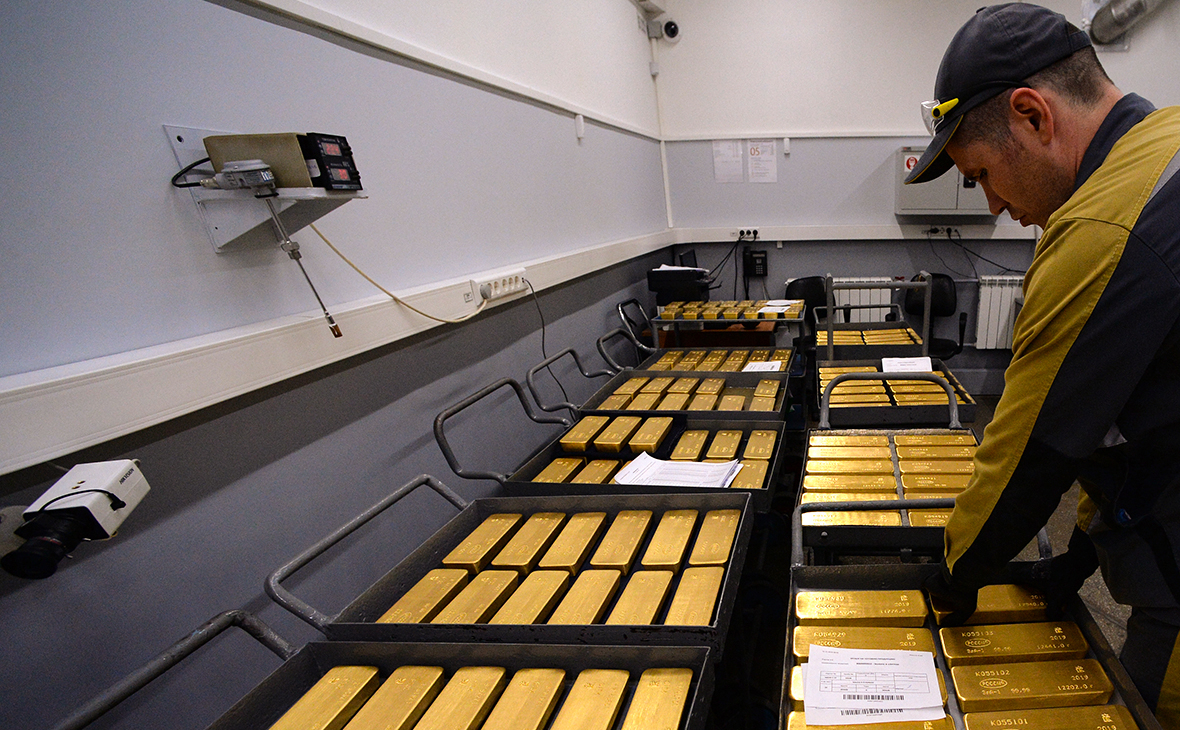In the midst of regional instability and global inflation, Tajikistan experienced remarkable economic growth and achieved a record low inflation rate in 2022, says a report released by the World Bank.
“Tajikistan Economic Update – Summer 2023”, in particular, notes that the country's economic activity flourished, thanks to the influx of remittances and the expansion of both services and industrial production. Real GDP reportedly expanded by 8.0 percent in 2022, following a recovery from the previous year. Tajikistan boasted the lowest inflation rate in the region, which was made possible by the implementation of a prudent monetary policy and a strengthened exchange rate. By the end of 2022, the consumer price inflation rate registered at 4.2 percent and continued to decline throughout the first half of 2023.
Tajikistan has successfully maintained a current account surplus for the third year in a row, achieving a historically high surplus of 15.6 percent of GDP in 2022, according to the report. However, the trade deficit widened due to increased imports, while exports decreased as the government chose to retain more gold domestically. Fortunately, the country offset this deficit with remittance inflows, which amounted to approximately 50 percent of GDP.
The report notes that exports fell as the government retained more gold domestically. Exports fell from 24.2 percent of GDP in 2021 to 16.7 percent in 2022. The drop was attributed primarily to a 41 percent reduction in the export of precious metals, specifically gold, as the government chose to retain more gold in the country to bolster external reserves during heightened uncertainty.
Prior to 2022, the country had been aggressively increasing gold exports from inventories, with Switzerland being the primary destination. Following the government's plan to maintain and further build up external reserve buffers, the export of gold declined from nearly US$900 million in 2021 (equivalent to around 14-15 tons at world prices) to US$529 million in 2022.
Precious metals and gems reportedly accounted for one-third of total goods exported in 2022. Exports of other goods have remained robust, largely reflecting growing domestic mineral production.
Tajikistan’s international reserves reportedly rose 37 percent in a year to December 31, 2022, reaching around US$ 3.8 billion.
According to the report, international reserves now provide coverage for over 9 months of imports.
The National Bank of Tajikistan (NBT) top managers noted on February 15 this year that currencies accounted for 85 percent of the country’s international reserves, gold accounted for 12 percent and foreign portfolio investment accounted for 2.0 percent of the country’s international reserves.







